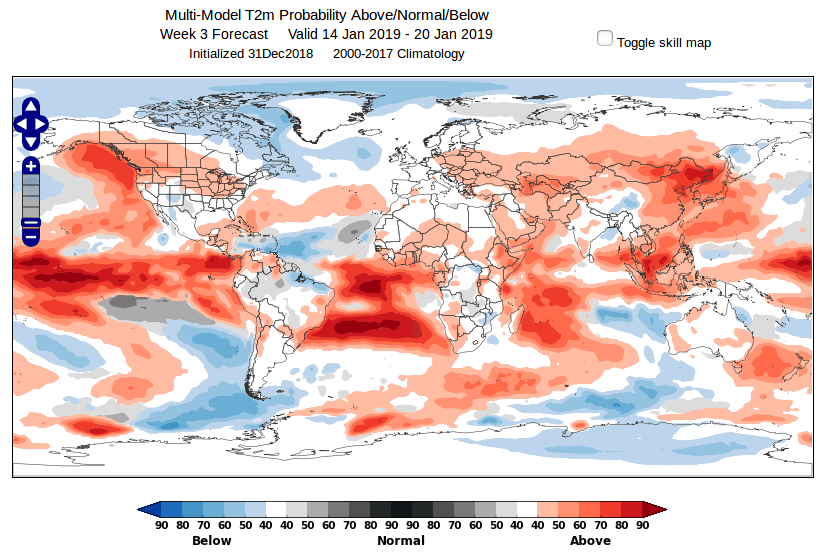A recent article in the Wall Street Journal, quoting World Climate Service scientist Paul Knight, commented on the contradictory winter forecasts issued by two competing versions of the U.S. “Farmer’s Almanac”:
While the discussion is lighthearted, and some might say the forecasts themselves are not to be taken seriously, the article illustrates the popular perception of seasonal forecasting as an “all or nothing” enterprise in which the forecast is either right or wrong. In practice, however, credible and actionable seasonal outlooks like the World Climate Service forecasts are communicated in terms of probabilities.
The distinction between a categorical “all or nothing” forecast and a probabilistic forecast is important, because modern decision systems rely on probabilistic information. Users of long-range weather forecasts have widely varying sensitivities, and so a probabilistic forecast allows the user to make informed decisions at probability thresholds that are appropriate in each case.
The alternative, in which the forecast simply says “warm and wet” or “colder than normal”, is nearly useless for making important decisions, because the user cannot gauge whether there is any confidence or skill behind the forecast; and so there is no ability to calculate the likely benefit or risk of acting on the forecast.
The World Climate Service delivers calibrated probabilistic forecast information weeks and months in advance, allowing users to make optimal decisions in light of varying forecast confidence.
Sign up for a trial today.
